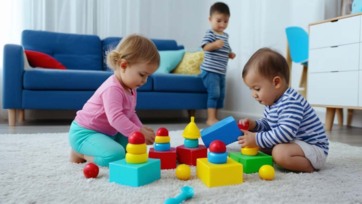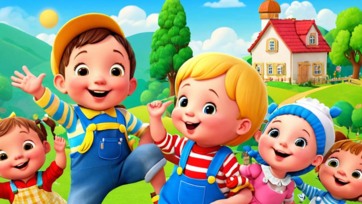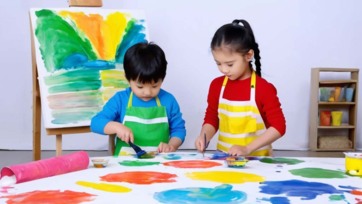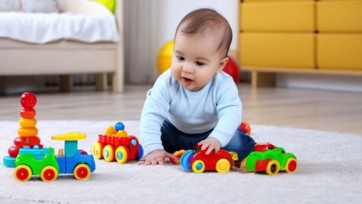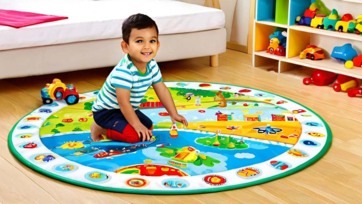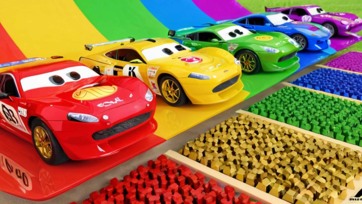For 1-2 year old children, play is not just about fun, but it is one of the most important tools for learning and development. At this age, children are primarily developing their sensory and motor skills. Therefore, it is important to choose toys that help them in this development.
Recommended Toys
1. Soft Toys Soft plush animals are easy to hold and safe. They are ideal for cuddling and increasing comfort.
2. Sensory Toys Toys that offer different textures, colors, and sounds. These toys help children explore the world and develop their sensory perception.
3. Movement Development Toys Push and pull toys that encourage walking and crawling. These toys help develop children's motor coordination.
What to Consider When Buying?
Safety Safety is the primary concern. Avoid toys with small parts that children can swallow. The material of the toys should be non-toxic, and the paint should not easily come off.
Durability Toys for this age group often get damaged or dirty. It is important that the toys are durable and easy to clean.
Age-Appropriate Choose toys that match the child's current developmental level. Toys designed for the 1-2 year age group help develop fine motor skills, hand-eye coordination, and sensory perception. #### Creativity and Exploration Choose toys that encourage children's creativity and exploratory abilities. Toys made of simple shapes and textures help develop children's imagination and creativity.
Conclusion When choosing toys for 1-2 year olds, safety, durability, and age-appropriate developmental aspects are the most important considerations. Such toys not only entertain children but also help them learn and develop.
d: Toys for 3-5 Year Olds: What to Consider When Buying?

